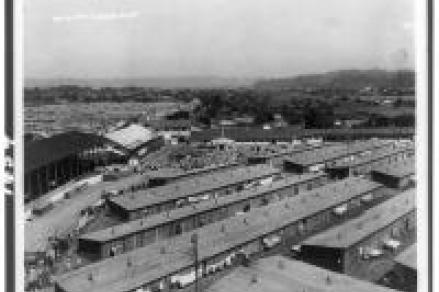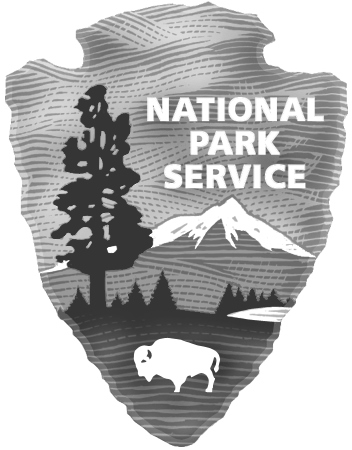For most, this lesson would more than likely fit into a unit pertaining to the Second World War, either the Homefront or Pacific Theater. In this lesson, it stands alone as a one-day assignment during the second week of the school year to coincide with Fair Day, an annual tradition that allows students to be released from school early to attend the Washington State Fair, or Puyallup Fair as it is more commonly known. In the Puyallup School District, this is a big event that students and staff celebrate; this lesson informs and/or reminds students of a history that does not dominate the headlines.
In this lesson, students will share their earliest memories of the fair grounds and other experiences that they have had while living near this celebrated location. They will then watch a short film clip about Japanese relocation, read an interview with a young girl that was sent to the Fairgrounds as a young child during Japanese internment, and be given an opportunity to reflect on how this changes their own perspective of the location, as well as how it fits into a global vision of freedom, democracy, and the American dream.



